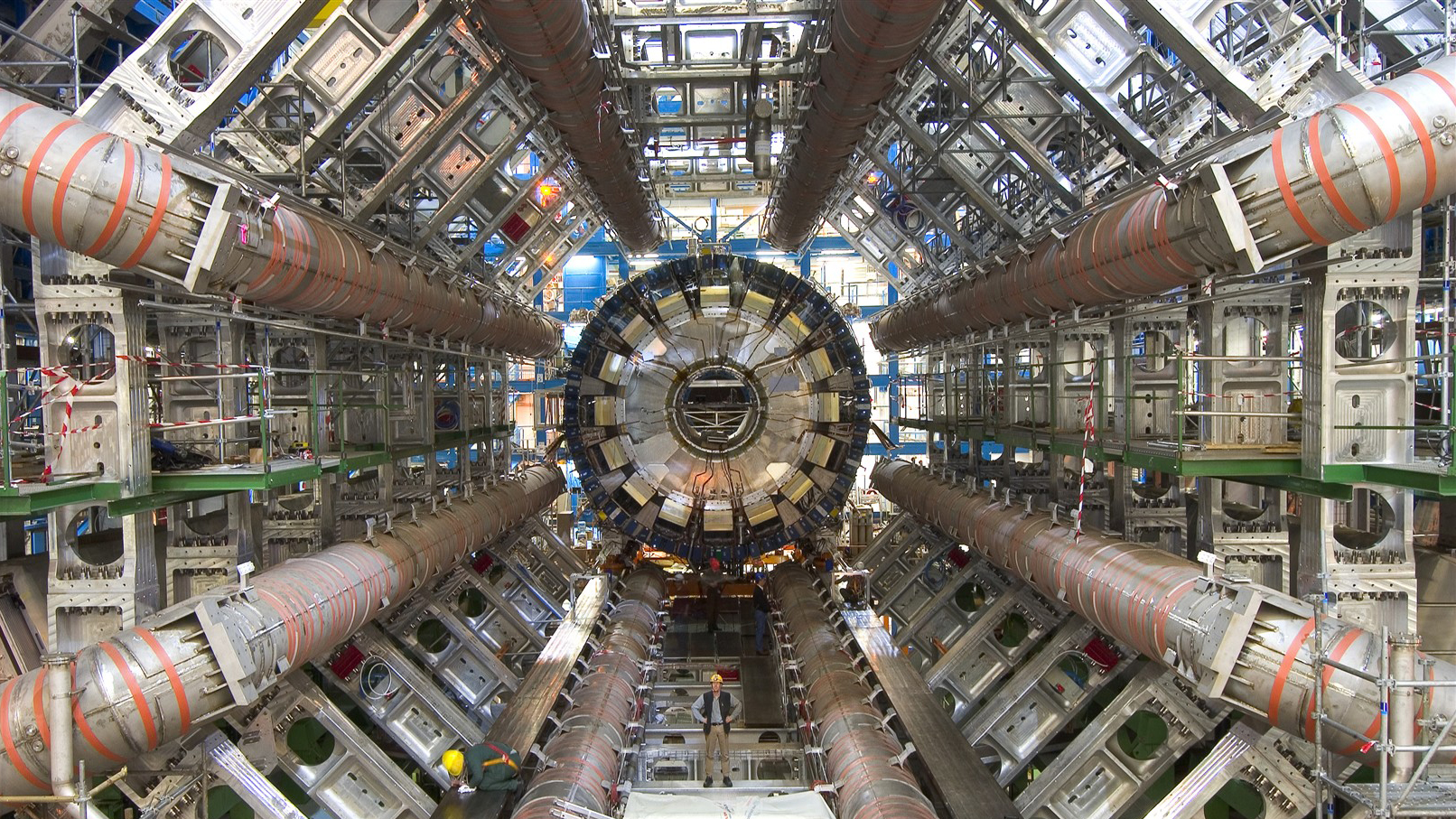
On Tuesday, July 5, 2022, scientists at CERN will begin collecting data for their experiments, and the Large Hadron Collider will run around the clock for almost four years. It’s the third run for the massive machine, with greater precision and discovery potential than ever before thanks to the upgraded data readout and selection systems, as well as new detector systems and computing infrastructure.
“When we do research we hope that we will find something unexpected, a surprise. That would be the best result. But of course the answer is in the hands of nature, and it depends on how nature answers open questions in fundamental physics,” said Fabiola Gianotti, CERN Director-General, in a video posted on CERN’s website.
“We are looking for answers to questions related to dark matter, to why the Higgs boson is so light and many other open questions.”
CERN’s scientists will study the properties of matter under extreme temperature and density, and will also be searching for explanations for dark matter and for other new phenomena, either through direct searches or – indirectly – through precise measurements of the properties of known particles.
“While all the results obtained so far are consistent with the Standard Model, there is still plenty of room for new phenomena beyond what is predicted by this theory,” said CERN theorist Michelangelo Mangano in a news release.
Dark matter is thought to make up most of the matter in the universe and has previously been detected by its ability to create gravitational distortions in outer space. So, what is dark matter? Dark matter is thought to be nonluminous material that is postulated to exist in space and that could take any of several forms including weakly interacting particles (called - cold 'old' dark matter ) or high-energy randomly moving particles (called - hot 'new' dark matter).
“The Higgs boson itself may point to new phenomena, including some that could be responsible for the dark matter in the universe,” said Luca Malgeri, a spokesperson for CMS (Compact Muon Solenoid), one of the four big Large Hadron Collider experiments, which is built around a huge electromagnet[https://www.cnn.com/2022/07/05/europe/cern-hadron-collider-third-run-scn/index.html].
In light all of this new phenomenon and its research at CERN, many have inquired to the safety of such experiments. In fact, on CERN'S own webpage you can read about the possibility of creating microscopic blackholes and strangelets. The first you are aware of I am sure... But, what is the other generated phenomenon? Strangelet is the term given to a hypothetical microscopic lump of ‘strange matter’ containing almost equal numbers of particles called up, down and strange quarks.
According to most theoretical work, strangelets should change to ordinary matter within a thousand-millionth of a second. But could strangelets coalesce with ordinary matter and change it to strange matter? This question was first raised before the start up of the Relativistic Heavy Ion Collider, RHIC, in 2000 in the United States.
A study at the time showed that there was no cause for concern, and RHIC has now run for eight years, searching for strangelets without detecting any. At times, the LHC will run with beams of heavy nuclei, just as RHIC does.
The LHC’s beams will have more energy than RHIC, but this makes it even less likely that strangelets could form. It is difficult for strange matter to stick together in the high temperatures produced by such colliders, rather as ice does not form in hot water. In addition, quarks will be more dilute at the LHC than at RHIC, making it more difficult to assemble strange matter. Strangelet production at the LHC is therefore less likely than at RHIC, and experience there has already validated the arguments that strangelets cannot be produced [https://home.cern/science/accelerators/large-hadron-collider/safety-lhc].
Now, to the laymen, this sounds scientific and probably safe... but is it? We cannot really know the extent of entanglement that can be generated causing strange appearances in our given reality or if in fact, the very fabric of the universe could be cut wide open from such experiments as the strangelets move toward the center of the earth and back again and then back towards the center and back up again... Or if any microscopic blackhole could suddenly grow and swallow up all that we think we know.
Now, you have to wonder if CERN scientists have taken into consideration the Heisenberg uncertainty principle is a physical law that forms part of quantum mechanics. It says that the more precisely you measure the position of a particle, the less precisely you can know its motion (momentum or velocity).
And the more precisely you measure a particle's motion, the less precisely you can know its position. This is contrary to our everyday experience of life, where these measurements are independent of each other, and can be measured as precisely as we'd like... as we would like. That's hypothetical too. What does it mean... as we would like? It only means that and that's the measure used at CERN.
Only time will tell ...and certainly over a four year period a lot could happen on the atomic level given the so called nature of dark matter that could change our given reality; and ironically, we may not even notice until its too late or even be able to notice if any changes happened at all. We might become aliens on our own planet and never wonder what was before us or if it was us.
